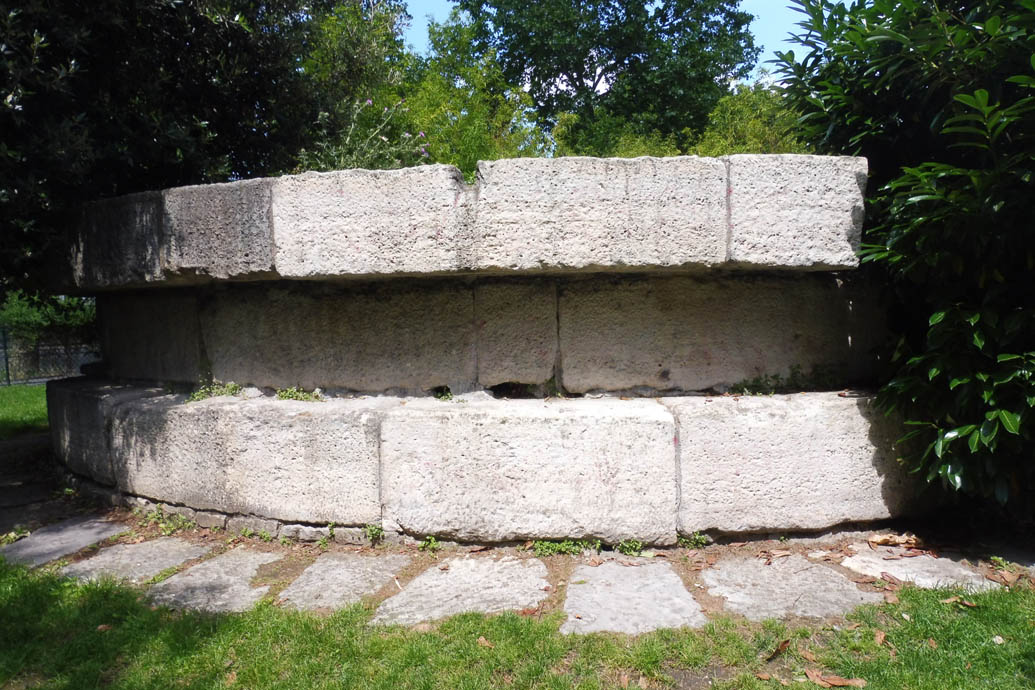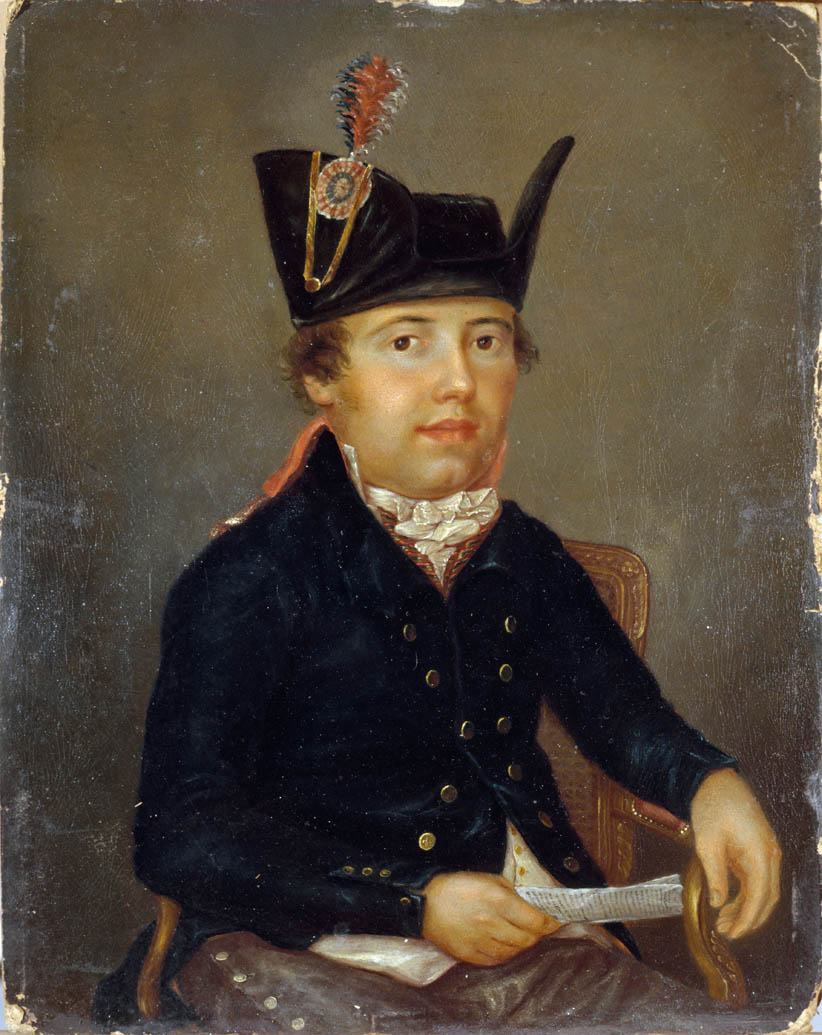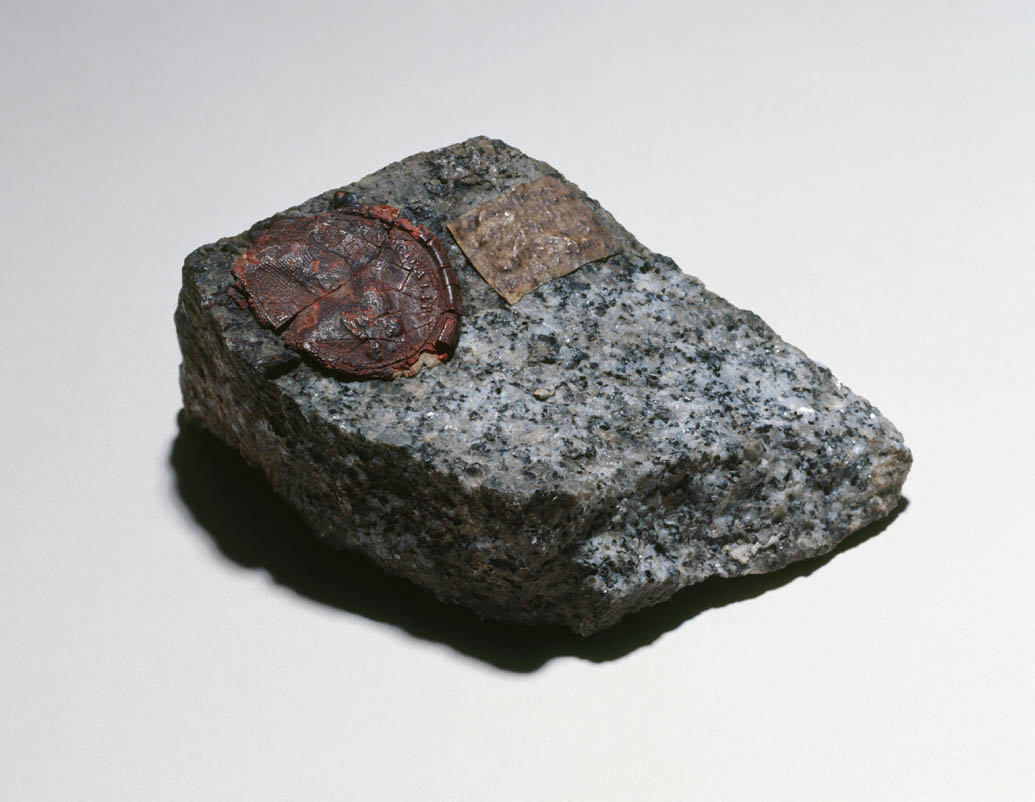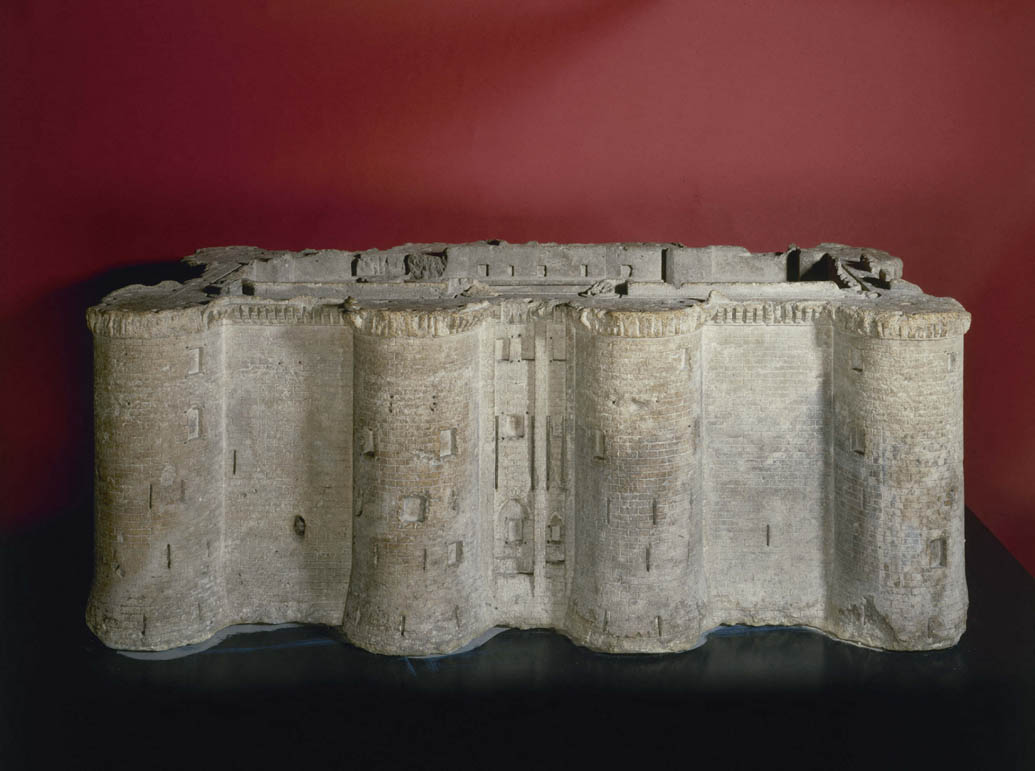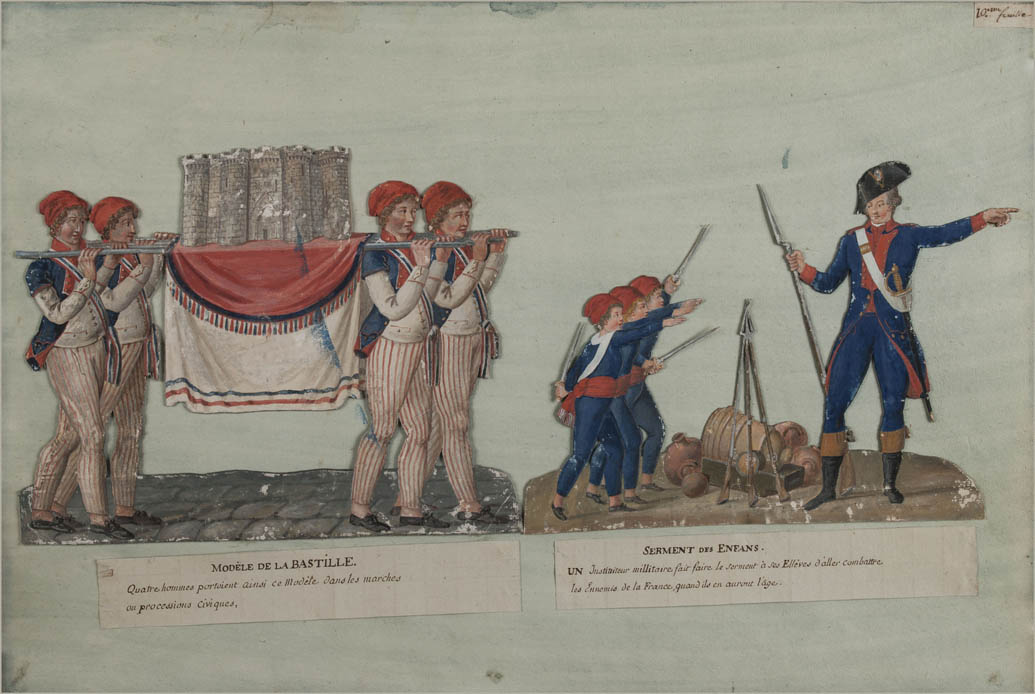The Stones of the Bastille: Commemorative Objects
Starting on the evening of July 14th, the building contractor Palloy illegally sent workers to begin work on demolishing the Bastille. A year and a half later, nothing remained. However, in 1899, workers in charge of digging the tunnels for the Parisian metro made an interesting discovery: they found the base of the Liberty Tower, one of the Bastille’s eight towers. Impossible to leave it underground: these were rare vestiges of the former fortress. Consequently, they were piled up a little further off in the Henri-Galli Square.
Location
ItinerarySquare Henri Galli
Suggestion
The Bastille and its neighborhood
The Foundations of the Liberty Tower
To find out more…
Pierre-François Palloy or how to become rich from the Revolution
Some people know how to take advantage of revolutions. Pierre-François Palloy (1755-1835) proved to be an expert on the subject. Starting on the evening of July 14, 1789, this building contractor took it upon himself to send workers to the Bastille in order to demolish it under his supervision, but without any official authorization. Palloy’s audacity and connections paid off: officially named director of the worksite by the Paris Municipality, he became one of the most famous figures in his time. In a corner of the worksite, a workshop was entirely dedicated to the production of commemorative objects: medals, bits of rubble, everything was used to make a profit!
Collector’s items
Rather quickly, the rubble from the Bastille became collector’s items. Some kept it as proof of their participation or their presence during the storming of the fortress: Hulin, one of the first to climb to the top of its keeps, even gave a piece of rubble to Louis XVI to show him that the storming of the State’s prison was not against him, but in support of the dream of an ideal king. If most of the stones were reused in order to build Parisian bridges and houses, many of the stones were collected by individuals who saved, exhibited or sold them: 200 years before fragments of the Berlin Wall were sold, the marketing of the Bastille stones reflected the need to participate, even at a distance, in a major moment in History.
Some of these stones were sculpted by Palloy’s workers into miniature versions of the fortress. These where then paraded out during revolutionary festivals, reminiscent of saints’ relics in religious processions. As if their presence alone was enough to unite the French around the Revolution!


